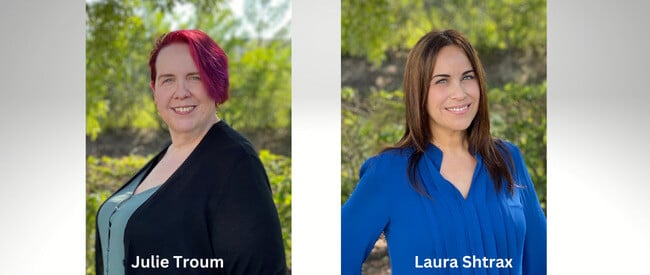Consumers have growing expectations for companies they do business with, from seamless experiences across touchpoints and greater convenience and simplicity in their interactions to digital and self-service options. Not surprisingly, senior executives are responding by making customer experience a strategic focus.
Some tried-and true approaches to gauging CX remain highly relevant, especially satisfaction surveys and net promoter scores. Newer tools, including social media, can also gather useful information. Collectively, they are integral to capturing meaningful feedback and quickly knowing whether your service and execution strategies are working.
When interacting with clients, my mantra always has been, “All feedback is a gift.” Because without feedback – good or bad – you don’t know where you stand with clients. But you need to put structure in place to ensure regular feedback for ongoing improvement.
The right tool for the right reasons
Each listening channel is unique and can be utilized independently or together, depending on the resources available. It’s important to understand when each tool is the best option for what you are trying to accomplish.
- Milestone Surveys: Can be used to gauge satisfaction with a specific project.
- Customer Satisfaction Survey: These are best for gaining feedback from customers on the service they receive and how well the company’s product meets their needs. It’s also a great tool to test interest in a new program or service. These types of surveys provide the most comprehensive view of client sentiment.
- NPS: The Net Promoter Score is based on asking clients how likely they are to recommend your company, product or service. The NPS question (either as a standalone or within an annual survey) allows companies to measure year-over-year satisfaction with one metric and benchmark against other competitors within their industry. Importantly, NPS can help identify which clients are in the middle – those who aren’t advocates yet, but they aren’t detractors, either. Then, a company can work closely with the middle-of-the-roaders to analyze which changes in the customer experience would prompt them to become advocates.
- Client Business Reviews: Meeting one-on-one with clients gets direct feedback and consultation on ways to better solve business challenges and identify growth opportunities.
- Social Media: Keeping an eye on LinkedIn, Facebook and Twitter posts gives companies an immediate handle on trends and one-off experiences that might need immediate attention – positive or negative. With the right infrastructure in place, companies also can quickly respond to individual customers if warranted.
- Client Success Team Input: Every day, our clients are adding feedback as they use our platform. Our client success managers are trained to identify opportunities and resolve issues with any of the Nordis suite of products.
When taken together, you can have a comprehensive “listening program” to understand what the customer is thinking every step of the way. I look at the entire process of “listening” as a relay race, starting with the sales team that generates the lead to the customer success managers whose clients become advocates generating successful referrals. Word-of-mouth referrals can be a very important source of revenue for companies.
Keep all feedback touchpoints on table
While there is a definite concern about “survey fatigue,” most companies use multiple touchpoints so there isn’t a big gap between contacts. Seeking feedback becomes part of the relationship strategy and helps generate intelligence for all aspects of the operation.
In crafting a survey, you can use a customer journey map to pinpoint areas that contribute to your service reputation. For example, Nordis likes to closely monitor the onboarding and implementation process so we have developed 5 to 10 questions in these areas for our annual customer survey. We often get high participation in our client surveys and find the feedback very helpful.
Providing world-class service
At Nordis — and for many companies — the end goal of using these tools for measuring customer satisfaction is to provide world-class service.
But each company first needs to determine what world-class means to it. To help figure that out, companies can create ideal quotes you’d like clients to say about your products and services that define world-class service at each state of engagement. Then teams can discuss what the quotes signify and what would be necessary to stimulate that type of feedback.
For example, quotes about Nordis that we believe would define world-class service for onboarding include: “I thought onboarding was going to be a nightmare, but your team guided us through the entire process. They are solutioning pros, asking us all the right questions.” Or — “Nordis pulled off an impossible deadline for us to migrate off our old system and did it with precision and accuracy.”
Investing in research and data to stay informed on how you’re doing with clients often needs senior leadership commitment because it requires resources, training and focus. Nordis’ executive team is very supportive of this data-driven approach. They want a holistic view on how we are doing – both the highlights and the risks — so we can celebrate the wins and overcome issues or obstacles before they really take root.
Want to chat more about customer journey and experience? Get in touch.






